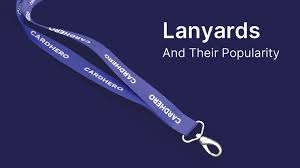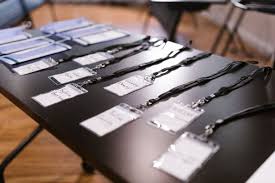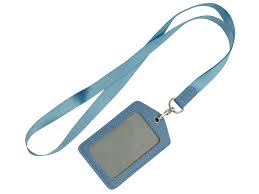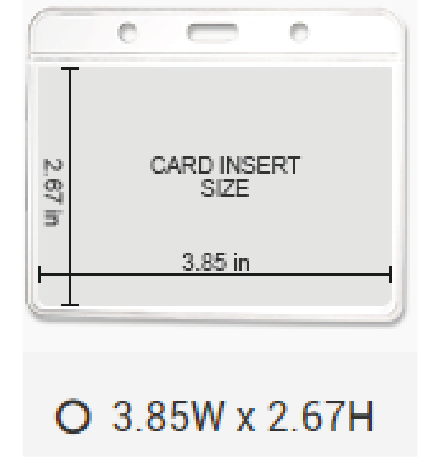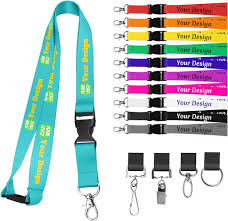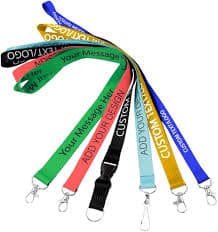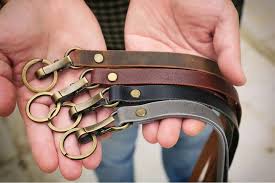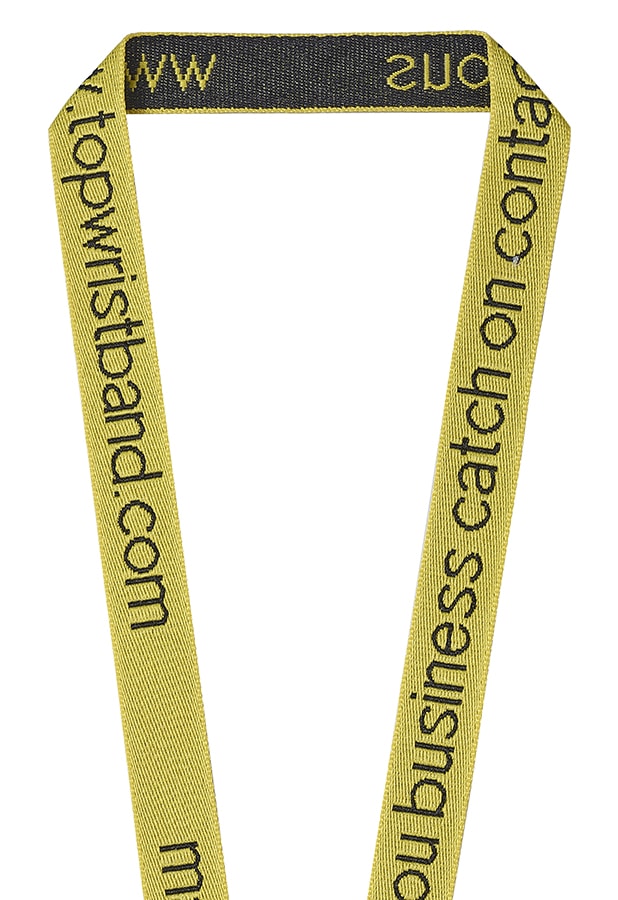Certainly! Here’s a comprehensive SEO article titled “Understanding and Addressing the Safety Concerns of Lanyards” with a focus on at least 8 keywords related to lanyards, and a target of over 2000 words.
Table of Contents
Lanyards have become a ubiquitous accessory in many industries, from corporate offices and schools to events and security settings. They serve as practical tools for holding ID badges, access cards, keys, and other essential items. However, despite their widespread use and convenience, lanyards also pose certain safety concerns that organizations and individuals must understand and address effectively. This article delves into the safety issues associated with lanyards, explores best practices for their safe use, and offers valuable guidance on choosing the right lanyard to mitigate risks.

What Are Lanyards?
Lanyards are narrow straps or cords, usually made of fabric, nylon, or polyester, designed to be worn around the neck or wrist. They often feature a clip or hook that attaches to items like ID badges, keys, or access cards, making them easily accessible and reducing the likelihood of losing important items.
Types of Lanyards
- Breakaway Lanyards: Designed to snap open under pressure, reducing choking hazards.
- Retractable Lanyards: Equipped with a retractable cord to extend and retract items easily.
- Custom Lanyards: Personalized with logos, branding, or specific safety messages.
- Eco-friendly Lanyards: Made from sustainable materials to promote environmental responsibility.
While these variations serve different purposes, safety remains a crucial consideration across all types.
The Importance of Safety in Lanyard Usage
Despite their practicality, lanyards can also pose safety risks if not used properly. The primary concerns include strangulation hazards, choking risks, and injury from improper attachment or structural failure. Understanding these risks is essential for organizations that rely on lanyards for identification and access control.
Common Safety Concerns
- Strangulation and Choking Hazards: Especially relevant for breakaway lanyards, which are designed to prevent choking if caught or pulled.
- Injury from Falling Items: If the lanyard or attached item is heavy or poorly secured, it could cause injury if it falls.
- Entanglement Hazards: Lanyards can get caught in machinery, escalators, or other equipment, leading to accidents.
- Material Failure: Poor-quality lanyards may break unexpectedly, causing items to fall or posing other hazards.
- Improper Use: Reusing lanyards for unintended purposes or modifying them can compromise safety.
Addressing Safety Concerns: Best Practices for Lanyard Use
To minimize safety risks associated with lanyards, organizations and individuals should implement best practices in selection, usage, and maintenance.

1. Choose the Right Type of Lanyard
Selecting the appropriate lanyard type is fundamental. For environments where safety is paramount, breakaway lanyards are recommended because they are designed to snap open under tension, preventing choking or strangulation.
2. Use High-Quality Materials
Invest in lanyards made from durable, high-quality materials that meet safety standards. Cheaper or poorly manufactured lanyards are more likely to break or malfunction, increasing safety risks.
3. Implement Safety Policies
Organizations should develop clear safety policies regarding lanyard use. This includes guidelines on how to wear, attach, and remove lanyards properly, as well as policies on the types of items that can be attached.
4. Regular Inspection and Maintenance
Regularly inspect lanyards for signs of wear and tear, such as fraying, discoloration, or broken clips. Damaged lanyards should be replaced immediately to prevent accidents.
5. Proper Attachment and Detachment
Users should be trained on how to attach and detach items safely. Avoid overloading lanyards with heavy objects, which can strain the material and attachment points.
6. Avoid Modifications
Do not modify or alter lanyards in any way that could compromise their safety features. For example, removing the breakaway clip eliminates its safety benefit.
7. Use Retractable Lanyards Carefully
While retractable lanyards offer convenience, they should be used with caution. Ensure that retractable cords are not extended beyond their recommended length to avoid entanglement or injury.

8. Educate Users
Training sessions or safety briefings should be provided to educate users about the potential hazards associated with lanyards and the correct safety procedures.
How to Choose the Safest Lanyards
When selecting lanyards for your organization or personal use, consider the following factors to ensure safety:
Material and Quality
Opt for lanyards made from non-toxic, durable materials that comply with safety standards such as OSHA or ANSI.
Breakaway Features
Prioritize lanyards with breakaway clips, especially in environments with high activity levels or where children are involved.
Length and Fit
Lanyards should be long enough for easy access but not so long that they pose a strangulation risk. A length of around 17-20 inches is generally recommended.
Attachment Types
Choose secure and reliable attachment mechanisms like swivel hooks or badge reels that won’t easily detach or break.
Customization Options
Select customizable lanyards that can include safety messages or instructions printed directly on the strap to remind users of safety protocols.
Regulatory Standards and Safety Guidelines
Various safety regulations govern the use of lanyards in different settings. Familiarity with these standards helps ensure compliance and safety.
OSHA (Occupational Safety and Health Administration)
OSHA recommends using breakaway lanyards in workplaces with potential choking hazards and emphasizes regular inspection.
ANSI (American National Standards Institute)
ANSI sets standards for the strength and safety features of lanyards, including testing for durability and breakaway functions.
EN Standards (European Norms)
European standards specify requirements for lanyard safety, including materials, breakaway features, and load capacities.
Organizations should verify that their lanyards meet applicable standards to mitigate legal and safety risks.
Case Studies: Safety Incidents and Lessons Learned
Analyzing real-world incidents can highlight the importance of proper lanyard safety measures.
Case Study 1: Choking Hazard in a School Setting
A student was injured when a breakaway lanyard failed to detach during a tug-of-war game. The incident underscored the importance of selecting certified breakaway lanyards and educating students on proper use.
Case Study 2: Fall from a Construction Site
An injured worker’s lanyard attached to a safety harness malfunctioned due to material fatigue, leading to a fall. This case emphasized the need for regular inspections and high-quality safety lanyards in hazardous environments.
Lessons Learned
- Always choose certified safety lanyards with tested breakaway features.
- Conduct routine inspections and replace worn equipment.
- Provide comprehensive training on proper lanyard use.
- Avoid modifying lanyards or attaching incompatible items.
Future Trends in Lanyard Safety
Advancements in materials and technology continue to improve the safety profile of lanyards.
Smart Lanyards
Incorporating sensors that detect tension or improper use, alerting users or supervisors to potential safety issues.
Eco-Friendly and Sustainable Lanyards
Using biodegradable or recyclable materials to reduce environmental impact while maintaining safety standards.
Custom Safety Messaging
Enhanced printing and branding to remind users of safety protocols directly on the lanyard.
Integration with Wearable Technology
Combining lanyards with RFID tags or biometric devices for enhanced security and safety monitoring.
Conclusion
Lanyards are invaluable tools for identification, access control, and convenience across numerous settings. However, their safety concerns should not be overlooked. By understanding the potential hazards—such as strangulation, material failure, or entanglement—users and organizations can implement effective safety measures. Choosing high-quality, certified lanyards with safety features like breakaway clips, conducting regular inspections, providing proper training, and adhering to regulatory standards are essential steps toward ensuring safe usage.
The future of lanyard safety lies in technological innovations and sustainable materials, promising even safer and more environmentally responsible options. Ultimately, prioritizing safety in lanyard use protects individuals, reduces accidents, and promotes a safer environment for all.
Click here for more information about wristbands: https://www.topwristband.com
Reference Website:https://gripped.com/gear/do-you-top-rope-solo-then-you-need-this-new-piece-of-kit/
